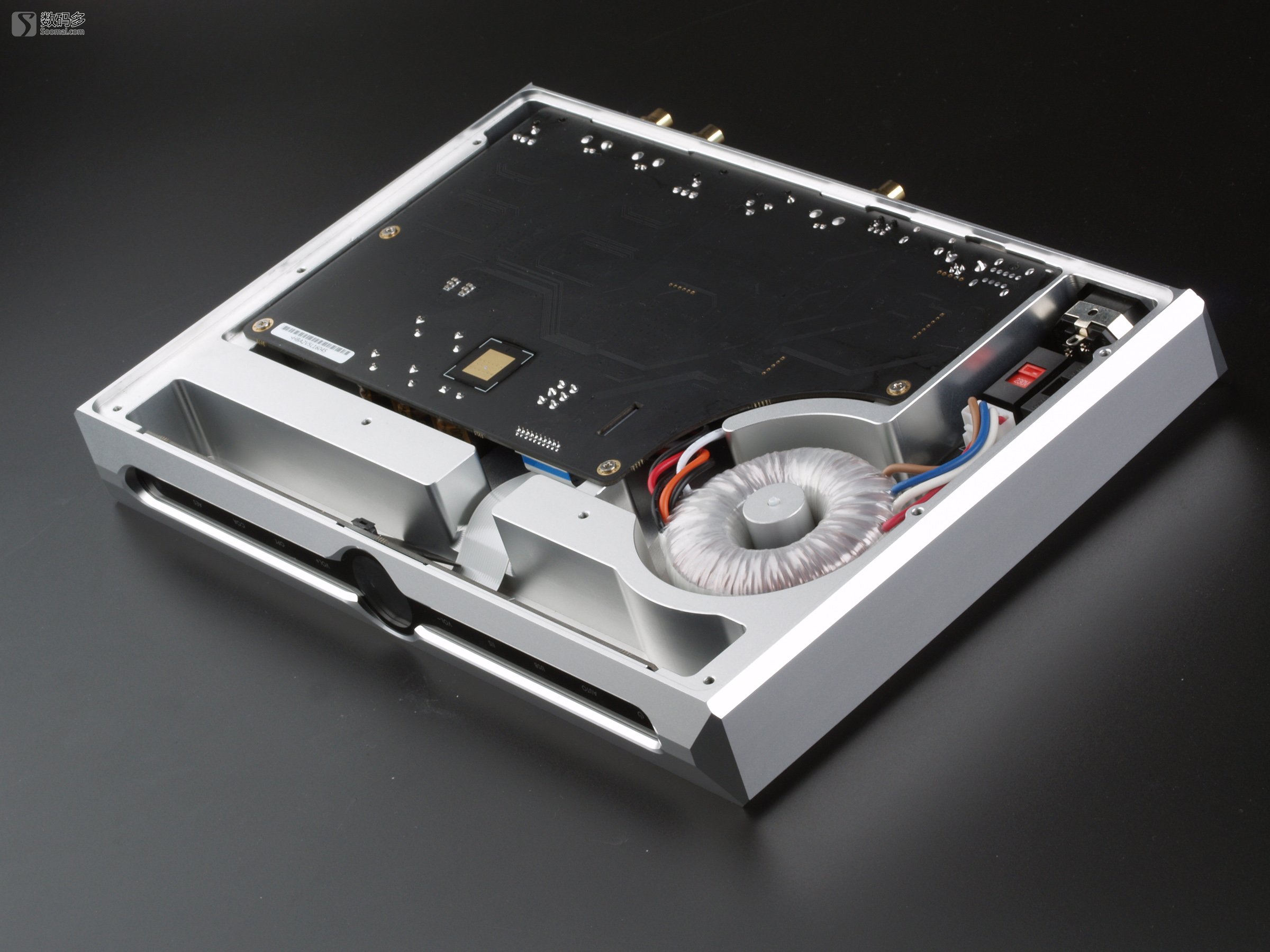I've measured many Holo Audio products before, including DACs like Spring, May, and preamps / headphone amplifiers like Azure. But all these measurements are either borrowing a device from a friend or borrowing a device from a developer.
Today I'm finally going to measure the Holo Audio equipment I bought! Because of my personal values (and the money in my wallet), I did not buy May, but chose Spring2 Lv2.
Look at things first:


Because the difference between Spring 2 and Spring in the chassis is very small (and there is almost no improvement), I decided to directly copy the previous comments on Spring's chassis:
I think this is a big and heavy unit. The case is made of 5 mm thick aluminum alloy - I think it is 6061 from the touch.
I like the white dot matrix LED display. However, the color matching of the buttons and side panels should still be reconsidered.Because their colors are too bright and too light. It has an adverse effect on the overall texture. Make the entire seemingly serious unit frivolous.
The button doesn't feel good enough either. Pressed sounds and feedback are not enough to match the price.
The USB and I2S inputs accept PCM data up to 32/1536 and DSD1024, the S/PDIF inputs up to 24/192 and DSD64. The outputs are balanced (XLR) and single-ended (RCA).
Looks almost the same, right?
On Holo Audio's webpage, it is claimed that Spring2 improves small signal performance over Spring.
Let's take a look at the measurement:


I found three things in the dashboard:
First, the maximum output level has decreased compared to Spring
Second, the two channels are slightly different.
Third, the performance under 96K is better than 48K, and SINAD under 96K exceeds the number of 110
In this age of constantly increasing output levels, it is quite rare for a modified product to reduce the output level.
As for the difference between channels, the developer said that it is because of the need to "Run in". Regardless of him, there is a difference in the correctness.
I was impressed by the low power supply noise on the dashboard, so I did a 1.2M length FFT (16 averages):

Wow! I have to say that this image looks much better than Spring!
Let's continue:





As a discrete R2R, the performance of this device (if I haven't measured May and Spring before) is impressive enough.
As for the discrete R2R itself, is there any better sound? I don't want to discuss this kind of problem ...
I bought it as a "measurement device"-considering that it has no PLL, the jitter from the front-end equipment can be easily seen, and there are many interfaces that can be connected to various front-ends for analysis. It should be a good "detector".
Today I'm finally going to measure the Holo Audio equipment I bought! Because of my personal values (and the money in my wallet), I did not buy May, but chose Spring2 Lv2.
Look at things first:
Because the difference between Spring 2 and Spring in the chassis is very small (and there is almost no improvement), I decided to directly copy the previous comments on Spring's chassis:
I think this is a big and heavy unit. The case is made of 5 mm thick aluminum alloy - I think it is 6061 from the touch.
I like the white dot matrix LED display. However, the color matching of the buttons and side panels should still be reconsidered.Because their colors are too bright and too light. It has an adverse effect on the overall texture. Make the entire seemingly serious unit frivolous.
The button doesn't feel good enough either. Pressed sounds and feedback are not enough to match the price.
The USB and I2S inputs accept PCM data up to 32/1536 and DSD1024, the S/PDIF inputs up to 24/192 and DSD64. The outputs are balanced (XLR) and single-ended (RCA).
Looks almost the same, right?
On Holo Audio's webpage, it is claimed that Spring2 improves small signal performance over Spring.
Let's take a look at the measurement:
I found three things in the dashboard:
First, the maximum output level has decreased compared to Spring
Second, the two channels are slightly different.
Third, the performance under 96K is better than 48K, and SINAD under 96K exceeds the number of 110
In this age of constantly increasing output levels, it is quite rare for a modified product to reduce the output level.
As for the difference between channels, the developer said that it is because of the need to "Run in". Regardless of him, there is a difference in the correctness.
I was impressed by the low power supply noise on the dashboard, so I did a 1.2M length FFT (16 averages):
Wow! I have to say that this image looks much better than Spring!
Let's continue:
As a discrete R2R, the performance of this device (if I haven't measured May and Spring before) is impressive enough.
As for the discrete R2R itself, is there any better sound? I don't want to discuss this kind of problem ...
I bought it as a "measurement device"-considering that it has no PLL, the jitter from the front-end equipment can be easily seen, and there are many interfaces that can be connected to various front-ends for analysis. It should be a good "detector".
Last edited:


